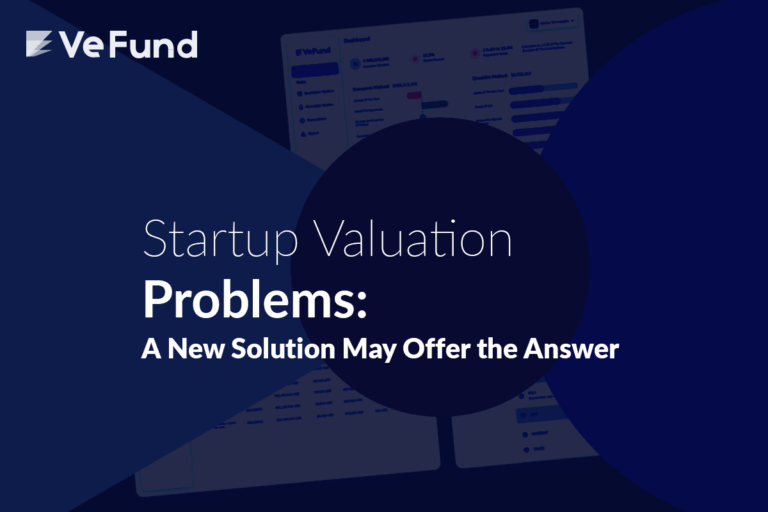Forecasting Guide for Startups: Bottom-Up Approach
Conducting financial projections for your startup may seem like a daunting task. It is not always clear how to start or what is appropriate. Searching for guidance though, like this article, is a great first step.
Two tips before we dive in:
- If your goal is to raise external funds, it is highly recommended to build the financial forecasting by yourself. Even if you plan to count on external help, make sure you understand the projections thoroughly. Being financially aware of your startup’s future is perceived as a huge plus by potential investors.
- Sometimes you will not find relevant data available for your startup. Your company may be in an industry with vague information. For that, you will need to work your way around and find close alternatives. Figure out different paths that make sense to the company’s strategy. Be the best analyst for your startup!
With that said, there are generally two approaches that guide your whole forecasting process:
- Top-Down approach: this approach tackles forecasting by first understanding the industry and then working on how much can your company capture in this industry. After forecasting the sales, you start determining the expenses needed to reach the target sales.
- Bottom-up approach: the topic of this article. This approach starts from your historical sales & expenses and works all the way up to what your company can achieve in sales, regardless of the industry status.
This article focuses on the steps needed for the bottom-up approach. The Bottom-up approach is usually described as more realistic since it depends on the company itself giving its resources.

Step 1: Gather all the historical data
The bottom-up approach needs an overall understanding of your company’s financials. How much revenue have you made in the previous period? How much cost was incurred?
Historical data is your starting point. Your estimations should be driven based on historical insights.
If your company is still new, you can still conduct forecasting with a bottom-up mindset. However, you will need awareness of the sales v.s. the costs in your business model. You can get rough estimations either by research or network.
Step 2: Account for the future strategic changes
Be mindful of the future changes within the forecasting period. Typically, forecasting for startups is done for three-to-five years. You don’t need to look up and estimate every detail within the forecasting period. You only need to know your plans for the startup and the almost certain factors that can affect your financials.
Here is a list of possible changes that affect your forecasts:
- Funding
If you’re raising funds from investors, how is that going to reflect in your resources? - Pricing
Are you going to change pricing from the past? - Introduction of new products
Do you plan to introduce future products or services? - Expected high inflation
Will future inflations affect your costs heavily?
Step 3: Giving resources, estimate future sales revenue
Figure out how you are going to use the current and future resources to generate sales. Your historical track record should be guiding you.
For instance, you can look up the number of new customers generated by ads on average, and use this knowledge to forecast how many customers you can roughly get given your new ads’ budget.
You also need to estimate the growth rate for revenues. Determine, based on the nature of the business, whether revenues should scale linearly, exponentially, … etc. You should model your growth on a monthly, quarterly, or annual basis.
Step 4: Determine the expenses over the forecasting period
Now you have a clear view of the startup’s sales over the years, it is time to match the expenses accordingly. Here, again, you should depend on your historical data.
Start by estimating the cost of sales. How much does the sold unit cost you?
Then estimate the salaries, rents, subscriptions, and all the other expenses that happen within the startup. You can check out our Financials Section at the VeFund’s Valuation Calculator to know how to differentiate and gather the different types of expenses.
Final Thoughts
The bottom-up approach is a great way to conduct realistic forecasting, especially if you already have a solid historical track record. However, it may also result in pessimistic or over-optimistic forecasting:
- Pessimistic forecasting: depending on your historical data may result in numbers that are too low for the startup’s full potential. This could also not be encouraging to investors.
- Over-optimistic forecasting: this could happen when you rely on historical data without considering external factors such as competition and the whole market size. Your estimations may outgrow what you can actually do given the external factors.
Mixing your bottom-up approach with the top-down approach could be the key here. The top-down approach takes into consolidation the market size and competition. Therefore, you will be aware if your forecasts are too low or too high for the market.
Finally, when you’re done with the forecasting, VeFund’s valuation calculator can take it from there. The calculator uses your forecasts as inputs and lifts off the valuation process from you. We take care of the methods and parameters needed for a valuation that suits your startup!







